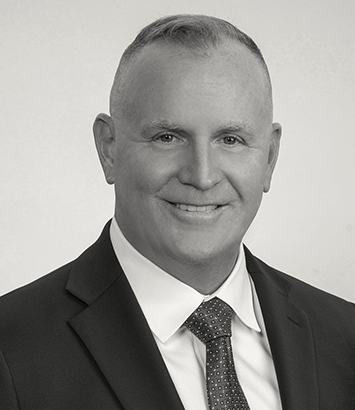Our Nation's Veterans: Who Are They and What We Can Do to Help Them
March 8, 2024 – ArticlesThis article serves as an overview of our nation’s veteran population in order to better serve them. To accomplish this, it is important to understand who is considered a veteran and the composition of our veteran population and their needs.
Under Title 38 of the Code of Federal Regulations, a veteran is defined as “a person who served in the active military, naval, air, or space service, and who was discharged or released therefrom under conditions other than dishonorable.”[1] Veterans come from one of the six branches of the military - the Army, Navy, Air Force, Marine Corps, Coast Guard, and Space Force. They serve as part of active duty, reserve, and/or National Guard forces and are afforded different benefits based on the character of their military service.
The majority of veteran benefits today are derived from the Servicemen’s Readjustment Act of 1944, or G.I. Bill, which was enacted to help the 12.1 million World War II veterans returning home. The G.I. Bill provided veterans with low-cost mortgages, business loans, unemployment benefits, and tuition assistance for college and vocational schools.
These benefits, coupled with a government veteran health care system, continue to provide a critical platform to assist veterans returning from America’s wars with their transition to civilian life and medical care.
According to the U.S. Census Bureau, there are approximately 16.1 million veterans in the U.S. today.[2] Within this population exist several groups, each unique based on their period of service.
The first group consists of our aging WWII, Korean War, and Vietnam War-era veterans. Many were drafted in their youth, fought overseas under extreme hardships, and returned home needing assistance to transition back to civilian life. They comprise almost 60% of America’s veteran population today– almost 9 million veterans.[3] Many are in their late-60s to 90s and need assistance regarding long-term medical care, disability benefits, housing, estate planning, survivor benefits and elder law.
The other group of veterans, almost 7 million, consist of those who served during the period between the First Gulf War (1990-91) through the War on Terrorism (2001-2021) – America’s longest conflict.[4] Approximately 3.7 million veterans served in Iraq, Afghanistan, and elsewhere after the 9/11 attacks.[5] These newer veterans, many in their late-30s and 40s, have different legal needs consisting of filing disability claims and post-9/11 education benefits with the Department of Veterans Affairs, to seeking employment and housing assistance. Unfortunately, many are unaware of their benefits and need assistance to navigate through the bureaucracy and laws to obtain them.
In summary, this is our veteran population today and they could use our legal help.
Bryan Hernandez is an associate in Dinsmore's Tampa office and Colonel, U.S. Army (Ret.)
[1] 38 U.S.C.S. § 101; see also Paulson v. Brown, 7 Vet. App. 466 (U.S. 1995).
[2] Fact Sheet, America’s Wars. [Washington D.C.] Office of Public Affairs, Department of Veterans Affairs, November, 2020.
[3] Vespa, Jonathan E. Those Who Served: America's Veterans From World War II to the War On Terror. [Washington, D.C.]: U.S. Department of Commerce, U.S. Census Bureau, 2020, vol. 43, Table 1, p. 2.
[4] Id. Table 2, p. 8.
[5] Id.

